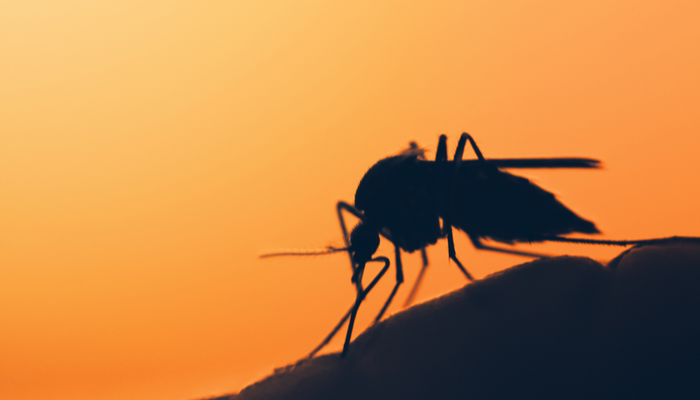This month, our Twitter and Facebook streams were bursting at the seams with awesome science stories that tickled our fancy. We appreciate that you might have been a little too busy last month to keep track at what’s going on elsewhere in science – as always, we’ve got you covered.
Protein picking and you
Our team at BioStrata loves the idea of citizen scientists getting involved in research that helps to change the world. And so we jumped on this story like a PhD student jumps on paracetamol (PhD stands for pipetting hand disorder, right?). Like a high-tech form of where’s Wally/Waldo – masters of microscopy are asking members of the public to help pick out individual proteins in electron microscope images. Time to get your magnifying glass to the ready, as efforts to improve current methods of constructing detailed three-dimensional models of proteins are getting hands on! The time-consuming job of trawling through photo after photo, hand picking individual proteins is apparently one job we can still do better than computers. Data collected from the research will help researchers improve computer-algorithms, allowing them to take up the job as soon as our eyes have gone fuzzy.
Back-stabbing butterflies
Scientists at the Rice University in Texas spend a lot of their time watching butterflies. In doing so, they have discovered what might be the most brutal form of routine betrayal nature has to offer. The metalmark butterfly is all too happy to cooperate with ants when it’s a vulnerable caterpillar (winning them over with a combination of charm, crass humour, and sugary secretions), only to go full Judas on them as soon as they’re all grown up. The ants provide protection to the otherwise extremely delicious caterpillars in return for their pay, but as soon as an adult butterfly emerges, it immediately plunders the ant’s most important source of nutrition – bamboo shoot nectar. The butterflies refuse to share the liquid gold with their faithful servants, and often drink for hours, before flying off and leaving them to starve. Well that’s gratitude for you.

Image: Shutterstock
RNA gets CRISPR
Are you an RNA-based infectious agent arrogantly enjoying your immunity to CRISPR gene-editing mechanisms? Well sadly your time is up; humans have can now target genes encoded in RNA, just as easily as when working with DNA, and they’re on to you. Conventional CRISPR has been big news ever since its discovery in the mid-2000s, but scientists had long suspected that a related approach probably existed that targeted RNA. The newly-discovered system, which uses an RNA-guided effector known as C2c2, may help us in the fight against disease, as it will allow critical RNA sequences responsible for disease symptoms to be knocked out. Obviously, there is a long way to go before the system is tested in people, but the team is confident that it may represent a branch of medicine in its own right. It is always worth noting that editing systems like these are not without their collateral damage, so we’re not shouting “super-cure” just yet, but who knows what the future may bring! Time to find another planet, you RNA-based nuisances.
Your time-traveling grandmother
Our science blog from last month featured a story explaining how cells can ‘retain’ the memory of injury, which may explain the persistence of chronic pain. Well, I’m sure our nation’s more senior cohort may wish they could be more cellular in this regard. Senior moments; that often debilitating, but admittedly, mostly harmless moment your gran seems to lose her trail when recalling thoughts and memories. But a recent study has shown that perhaps she is undertaking a mental voyage through time and space itself. “Mental time travel” may be a bit of an ambitious term, but researchers think that when recalling information, elderly individuals take detours into their subconscious, which is cluttered with both relevant and irrelevant information. They think this may explain why elderly individuals can have longer memory recall times, as they need to sift through a lot of irrelevant noise in order to access the information they are trying to retrieve.
Lemur or Lemar?
Every group has its solo man. Justin Timberlake in NSYNC, Robbie Williams in Take That. Well it would appear that the same dynamic may be at play in the lemur world. There is only one species of singing lemur – the Indris – whose members form choirs of males and females, led by a front man and woman. The choir sings in perfect unison, until one young maverick takes things into his own hands. Scientists studied 496 indri songs over a decade and found that young males often break into solo, disrupting the rhythm – apparently in a bid to stand out from the pack and look a bit cool. Does it work? At the moment, we still don’t know. Perhaps these lemurs simply end up joining the long list of musical artists simply not appreciated in their time.
If you’d like to be kept up to date with all the latest news in science and marketing, subscribe to our monthly newsletter. Always valuable, interesting content. Never any spam.




